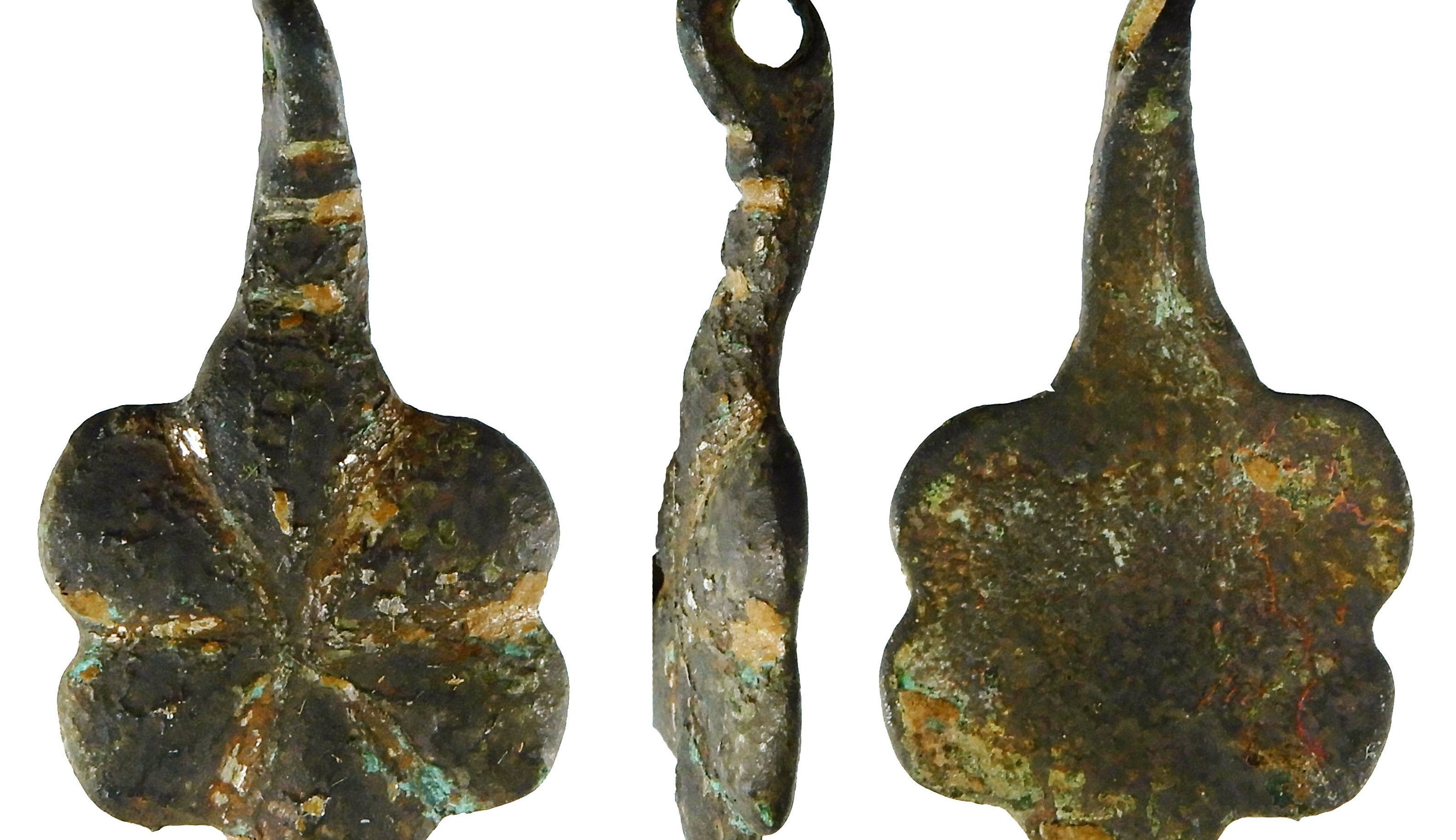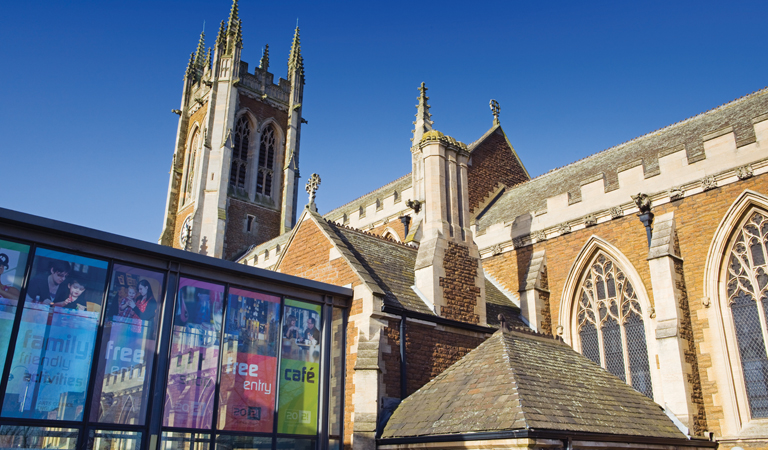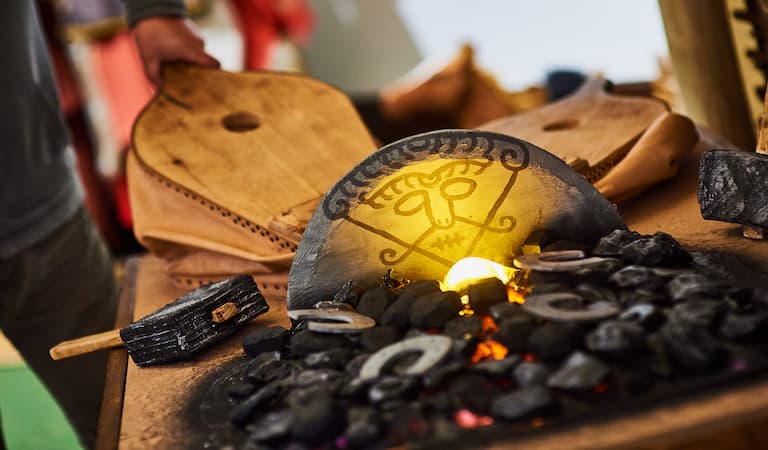A national register to record discoveries of ‘buried treasure’ has reached one million finds – with the millionth being recorded at North Lincolnshire Museum.
The Portable Antiquities Scheme records archaeological finds often discovered by metal detectorists.
Finds have included pots of Roman coins and precious jewellery, including part of a pure gold Bronze Age bangle discovered near Brigg.
In this case the landowner waived their right to a reward, enabling North Lincolnshire Museum to acquire the bangle at a reduced cost.
Run by The British Museum and local partners, the scheme has announced its millionth find – a copper-alloy medieval harness pendant found at Binbook near Market Rasen.
It was recorded by the Northern Lincolnshire Finds Liaison Officer based at North Lincolnshire Museum.
The pendant would have been attached to a horse’s harness and may have had a heraldic device on it showing who owned the horse or employed the rider.
During 2020, 49,045 archaeological items, including more than 1,000 treasure finds, were discovered in England, Wales and Northern Ireland.
Arts Minister, Lord Parkinson of Whitley Bay, said: “Human beings have been fascinated by treasure from previous generations for centuries and these new statistics show the search for, and engagement with it, still captivates us today.
“I’m delighted that one million records of archaeological finds made by the public have now been logged. It shows the important role we all can play in protecting and cherishing our heritage.”
Thousands of archaeological objects are discovered every year, and if they are recorded on the Portable Antiquities Scheme they can help archaeologists understand when, where and how people lived in the past.
Anyone who finds something that could officially be deemed treasure under the Treasure Act 1996 has to report it to the local coroner via their local Finds Liaison Officer.
Museums can then acquire the object, and a reward is usually shared equally between the finder and the landowner.
If they waive their right to a reward it enables the museum to acquire the treasure at a reduced or no cost, as was the case with the Brigg gold bangle, which would have been worn by someone of high importance as much as 3,000 years ago.





